What leash do dog trainers use?
Choosing the right leash is crucial for effective dog training. Professional trainers use different types of leashes depending on the dog's behavior and training goals.
What leash do dog trainers use?
Most trainers prefer:
-
Standard 180cm leather leashes: These provide durability, a comfortable grip, and better control.
- Advantages: Strong, softens over time, less likely to cause hand burns.
- Disadvantages: More expensive than nylon, requires maintenance to prevent cracking.
-
Long training lines: Useful for teaching recall and off-leash behavior.
- Advantages: Allows dogs to explore while still being under control, great for distance training.
- Disadvantages: Can get tangled easily, not ideal for busy areas.
-
Slip leads: A leash and collar in one, often used for quick control in training sessions.
- Advantages: Simple to put on and take off, offers immediate correction.
- Disadvantages: Can tighten too much if misused, not recommended for dogs prone to pulling.
-
Hands-free leashes: Great for reinforcing loose-leash walking while keeping your hands available for rewards and commands.
- Advantages: Encourages better posture, reduces wrist strain, and allows for multi-tasking.
- Disadvantages: May not provide enough control for strong pullers, can strain the waist or hips.
Why do dog trainers use leather leashes?
Leather leashes are a favorite among trainers because they are strong, soft, and long-lasting. Unlike nylon, leather softens over time, making it comfortable to hold without causing burns or blisters. Additionally, leather leashes offer better grip and are less likely to slip out of your hands, providing superior control over your dog.
What is the best alternative to a retractable leash?
Retractable leashes can encourage pulling and give less control over your dog. Trainers often recommend:
- Standard fixed-length leashes: Provide consistent control without unexpected slack.
- Long training lines: Allow for recall training while maintaining safety.
- Adjustable hands-free leashes: Offer a balance of mobility and control.



